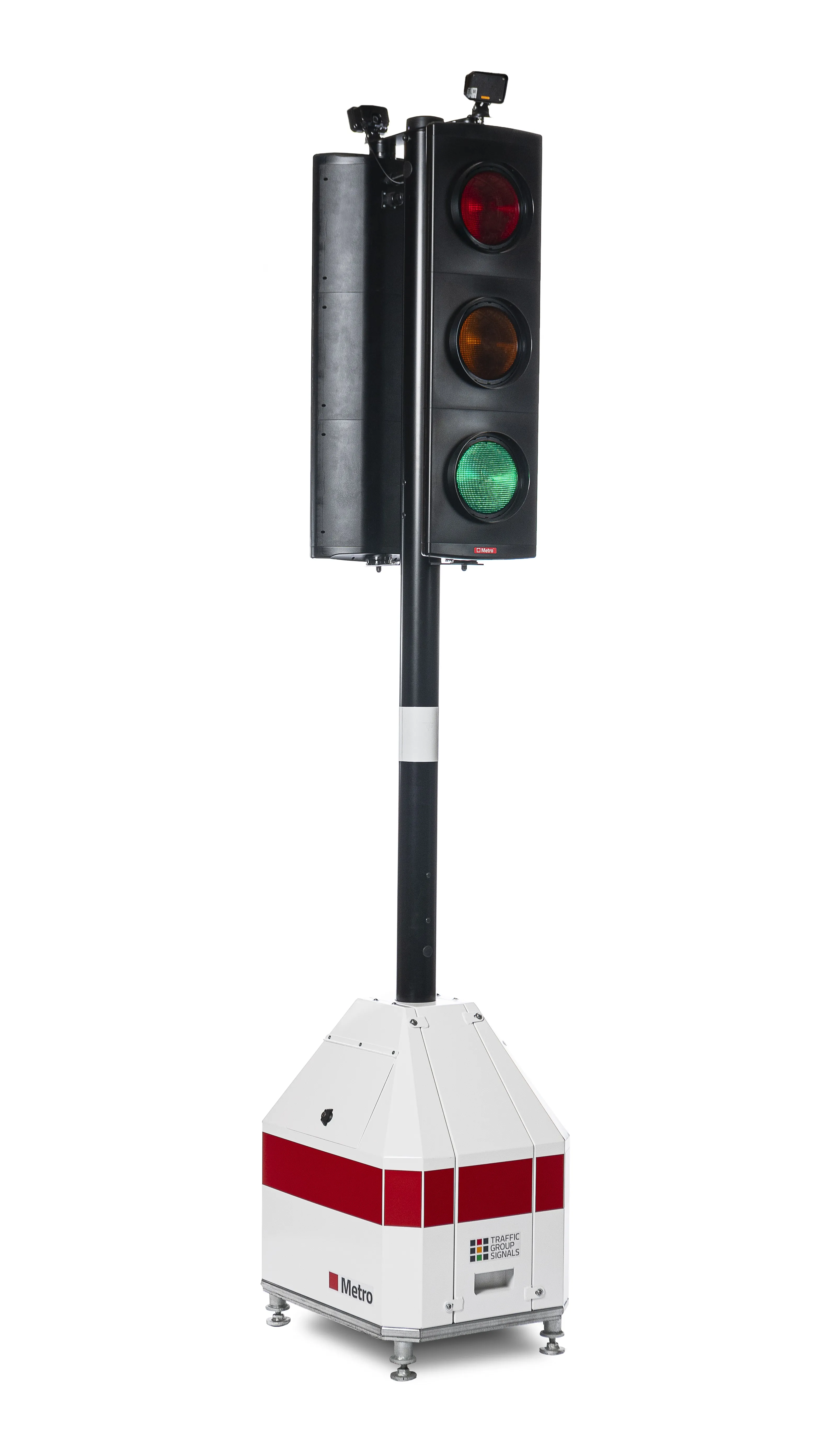To help achieve the Swedish Transportation Agency’s ‘Nollvisionen’ (zero traffic-related fatalities) and the EU’s traffic safety goal for 2020, Swedish companies Denso, Qamcom, Amparo Solutions and Acreo Swedish ICT are jointly developing the next generation of radar sensors for improved traffic safety.
The 79 GHz UWB Imaging Radar Sensor project claims the market for automotive radar sensors for ADAS is growing rapidly every year, but today’s systems that utilise the 24 GHz and 77GHz bands have clear ba
October 9, 2015
Read time: 2 mins
To help achieve the Swedish Transportation Agency’s ‘Nollvisionen’ (zero traffic-related fatalities) and the EU’s traffic safety goal for 2020, Swedish companies Denso, Qamcom, Amparo Solutions and Acreo Swedish ICT are jointly developing the next generation of radar sensors for improved traffic safety.
The 79 GHz UWB Imaging Radar Sensor project claims the market for automotive radar sensors for ADAS is growing rapidly every year, but today’s systems that utilise the 24 GHz and 77GHz bands have clear bandwidth limitations. Project members aim to develop more effective radar technology.
“A migration to the 79GHz band allows for several advantages, such as increased resolution and the possibility of multiple sensors around the vehicle to utilize the same frequency band,” says project leader Jan-Olov Axelsson, Denso.
Within around six months, Qamcom and Amparo will deliver the first 77GHz radar system for monitoring of level crossings to the Swedish Transportation Agency. These systems are meant primarily to prevent train derailments caused by collisions between trains and vehicles.
“With broadband 79 GHz radar systems, which we will now start to develop, there is the opportunity of a wide range of performance improvements that, among other things, allow for an increased level of pedestrian safety, easier installation and improved interference protection. Such systems are also ideal for many other types of traffic monitoring applications,” says Johan Lassing of Qamcom Technology.
“Another advantage when switching to the higher frequency band is the opportunity to develop a global standard for a multi-function radar sensor that supports all ADAS and ITS applications, from near to far range applications,” says Michael Salter, Acreo Swedish ICT.
A large number of EU countries have approved the use of W-band radar and the USA is also very likely to open the frequency band for additional applications shortly.
Radar sensors, components and systems that work with wider bandwidths at higher frequencies have many advantages. With an increased effective bandwidth radar systems can see further and with increased precision and the ability for identification of obstacles increases significantly. Furthermore, the use of higher frequencies allows for the reduction in the size of microwave components and antennas. The new technology is therefore expected eventually to be less expensive than today’s systems.
The 79 GHz UWB Imaging Radar Sensor project claims the market for automotive radar sensors for ADAS is growing rapidly every year, but today’s systems that utilise the 24 GHz and 77GHz bands have clear bandwidth limitations. Project members aim to develop more effective radar technology.
“A migration to the 79GHz band allows for several advantages, such as increased resolution and the possibility of multiple sensors around the vehicle to utilize the same frequency band,” says project leader Jan-Olov Axelsson, Denso.
Within around six months, Qamcom and Amparo will deliver the first 77GHz radar system for monitoring of level crossings to the Swedish Transportation Agency. These systems are meant primarily to prevent train derailments caused by collisions between trains and vehicles.
“With broadband 79 GHz radar systems, which we will now start to develop, there is the opportunity of a wide range of performance improvements that, among other things, allow for an increased level of pedestrian safety, easier installation and improved interference protection. Such systems are also ideal for many other types of traffic monitoring applications,” says Johan Lassing of Qamcom Technology.
“Another advantage when switching to the higher frequency band is the opportunity to develop a global standard for a multi-function radar sensor that supports all ADAS and ITS applications, from near to far range applications,” says Michael Salter, Acreo Swedish ICT.
A large number of EU countries have approved the use of W-band radar and the USA is also very likely to open the frequency band for additional applications shortly.
Radar sensors, components and systems that work with wider bandwidths at higher frequencies have many advantages. With an increased effective bandwidth radar systems can see further and with increased precision and the ability for identification of obstacles increases significantly. Furthermore, the use of higher frequencies allows for the reduction in the size of microwave components and antennas. The new technology is therefore expected eventually to be less expensive than today’s systems.








